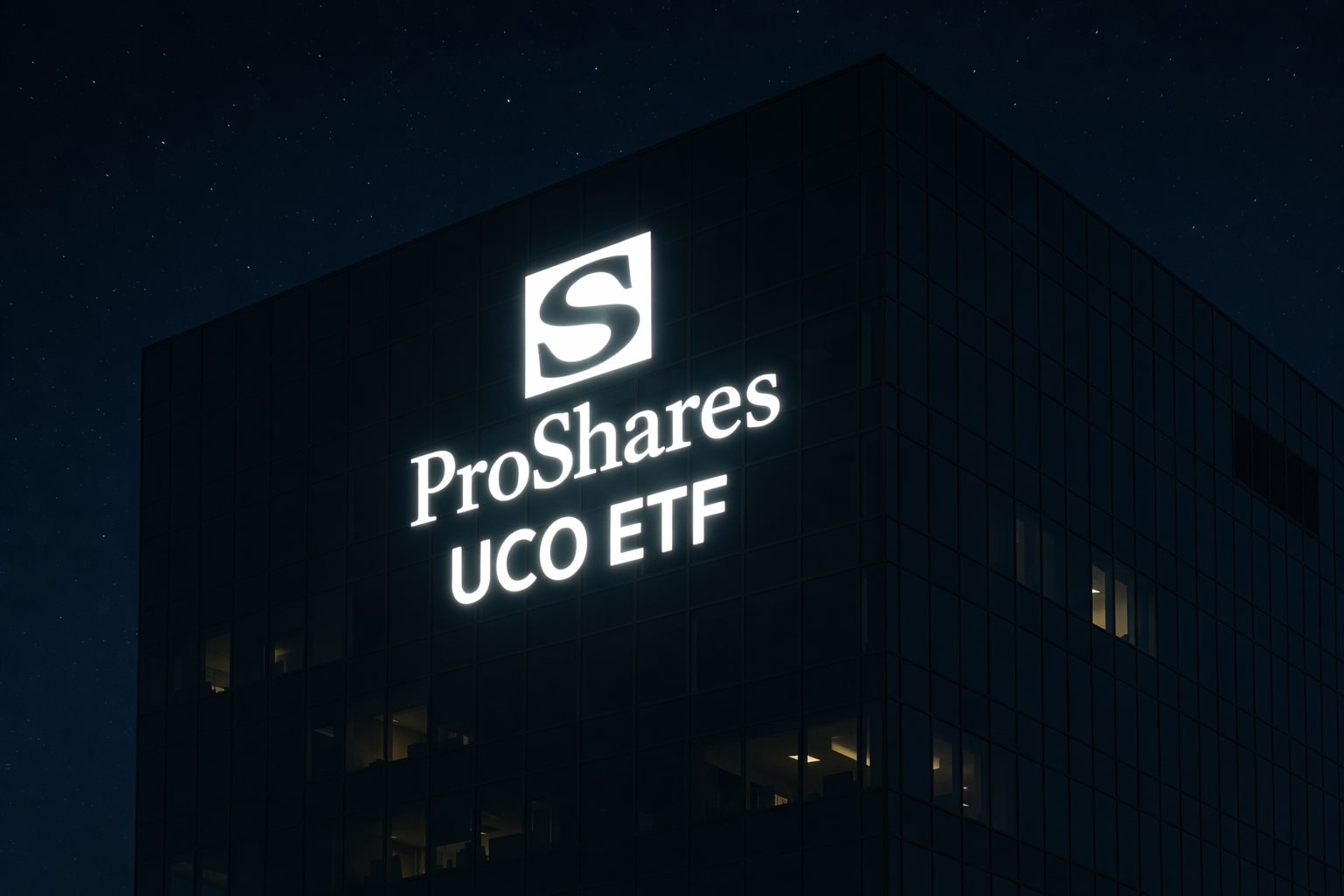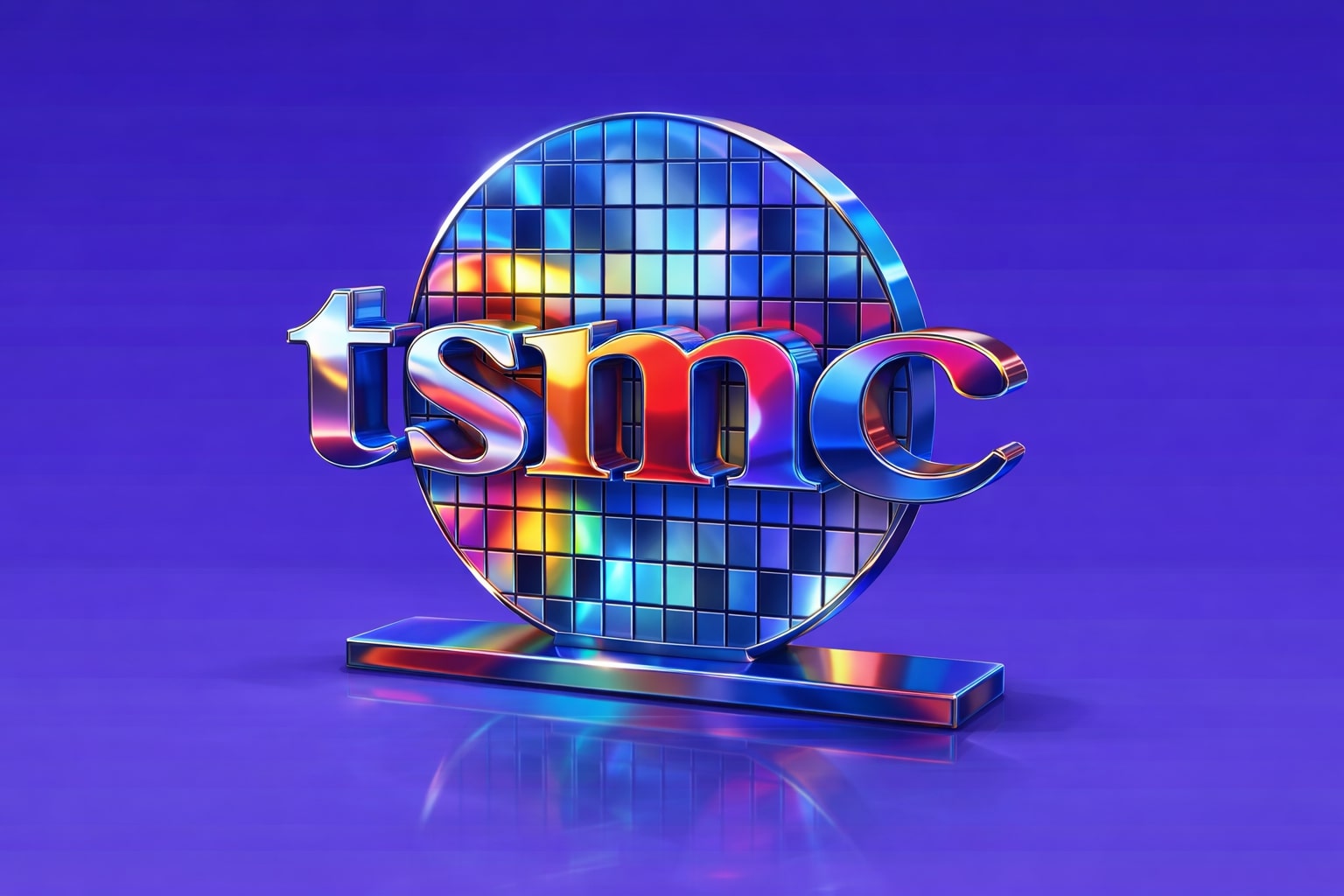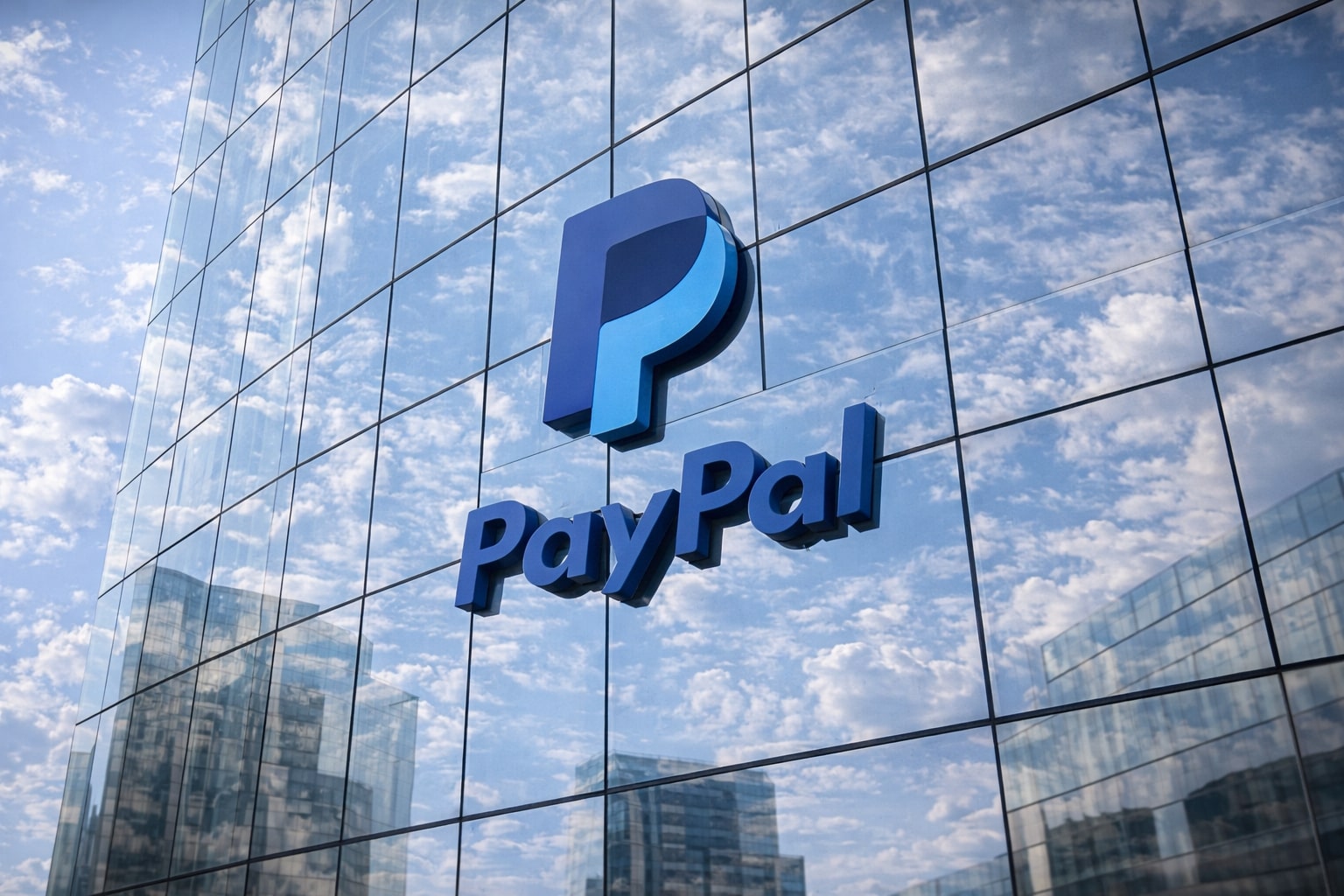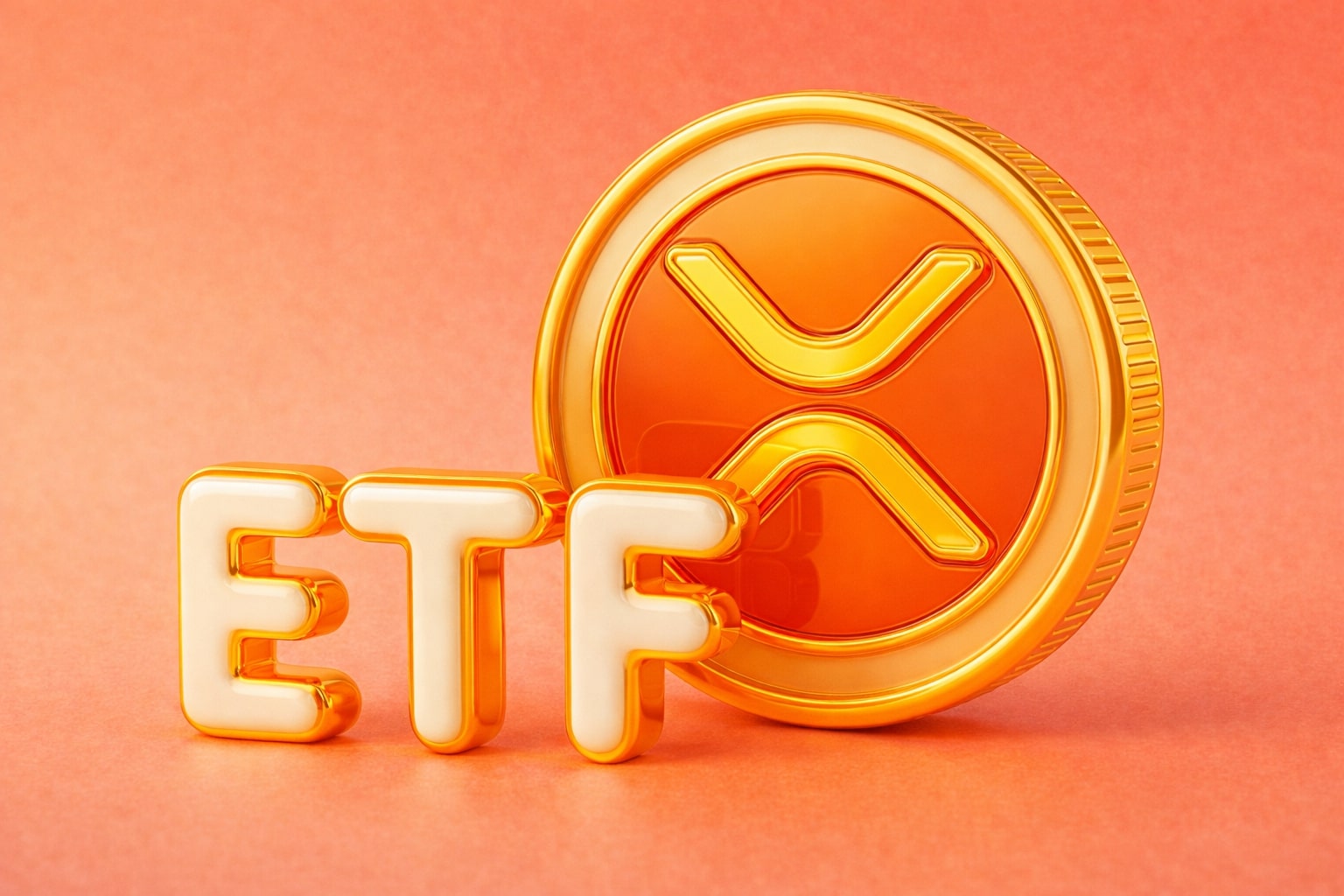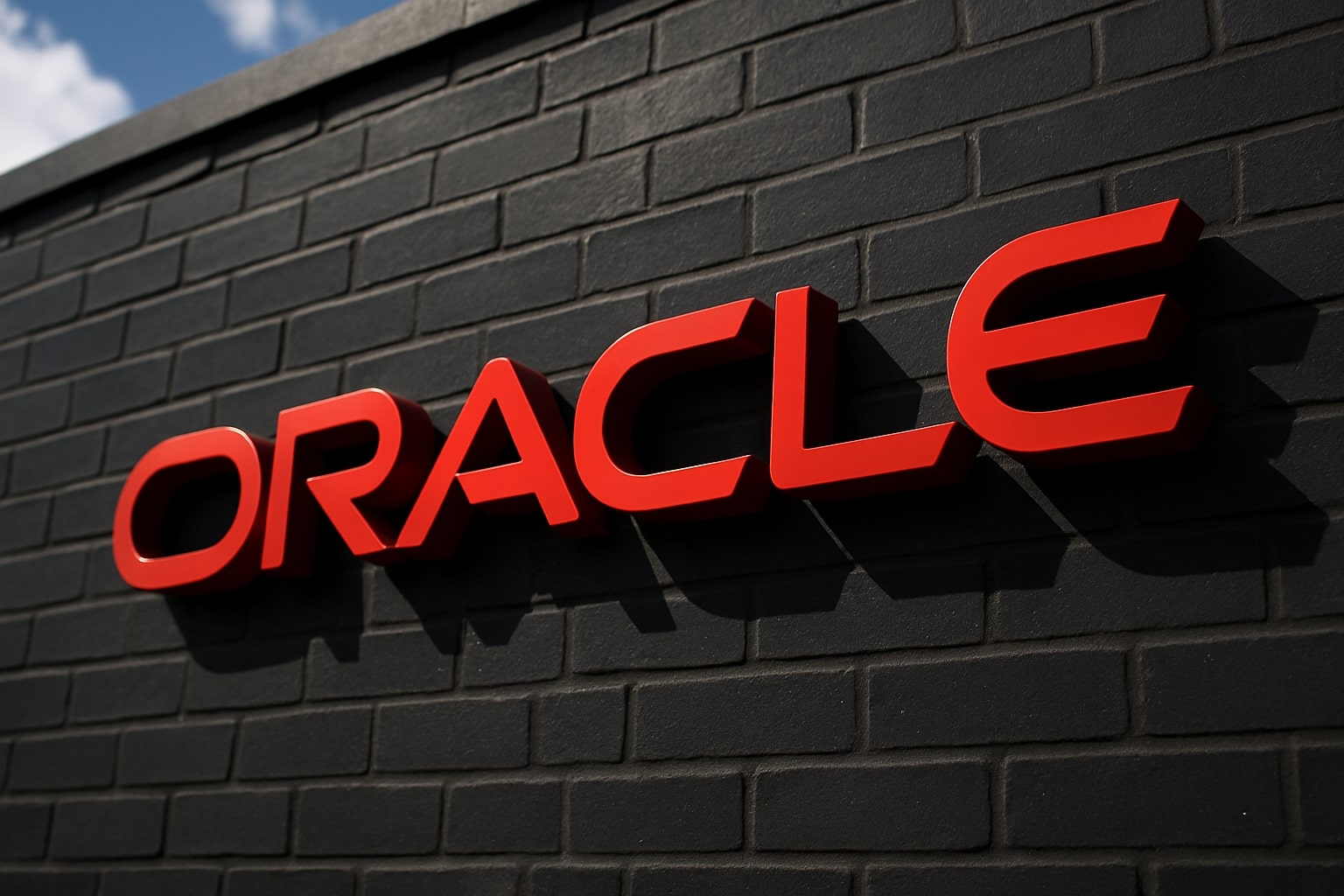
Oracle Stock Price Forecast: ORCL Pulls Back to $292 After AI Boom
Oracle’s $455B backlog, OpenAI mega deal, and 77% cloud growth drive optimism, but debt and stretched valuation raise investor caution | That's TradingNEWS
Oracle (NYSE:ORCL) Stock Pulls Back After AI Surge but Remains a Dominant Cloud Force
Oracle (NASDAQ:ORCL) closed the week at $292.18, down 5.09% on Friday and slipping slightly further after hours to $291.55. The decline followed one of the strongest rallies in the company’s history, where shares surged more than 40% in a single trading day, the steepest one-day gain since December 1992. Even after the pullback, Oracle’s market capitalization stands at $830.29 billion, almost double where it was a year ago, and its one-year return of 82.95% dwarfs the 17.67% gain for the S&P 500 over the same period. The rally was fueled by a historic expansion in Oracle’s remaining performance obligations (RPO), which jumped 359% year over year to $455 billion, alongside multi-cloud database revenue growth of 1,529%. These numbers underline Oracle’s rapid integration into the core of AI infrastructure and enterprise cloud adoption.
AI Partnerships and Multi-Cloud Momentum Drive Growth
Oracle has placed itself at the center of the AI cycle with deals that include a massive $300 billion OpenAI partnership, as well as collaboration with hyperscalers like Microsoft (MSFT), Amazon Web Services (AMZN), and Google (GOOGL). Management confirmed that RPO could climb beyond $500 billion by Q2 2026 as Oracle adds 37 new data centers this year, bringing its multi-cloud footprint to 71 facilities. The company is now rolling out its Oracle AI Database, enabling enterprises to deploy models like ChatGPT, Gemini, or xAI’s Grok directly on Oracle’s infrastructure to leverage existing enterprise data. Cloud infrastructure revenue is expected to grow 77% in FY 2026 to $18 billion, eight times larger over the next four years. Oracle’s positioning as custodian of mission-critical enterprise data means the pivot from AI training to AI inferencing—a market potentially larger than training itself—will directly benefit its customer base.
Revenue Performance and Segment Dynamics
Despite extraordinary RPO growth, Oracle’s Q1 FY26 results exposed near-term challenges. Revenue came in at $14.93 billion, up 12% year over year but short of expectations by $110 million, while non-GAAP EPS of $1.47 missed estimates by a penny. Net income was essentially flat at $2.93 billion. Cloud services revenue surged 27.8% year over year to $7.19 billion, while software support grew just 1.2% to $4.96 billion. Hardware sales remained flat, representing less than 5% of business but with a 67% margin, while services contributed 7% of revenue, growing 6% year over year. Gross margin slipped to 61%, pressured by heavy CapEx tied to new data centers and integration costs from the Cerner acquisition. Oracle insists these pressures will ease as backlog recognition accelerates, restoring gross margin closer to historical levels.
CapEx Expansion, Debt Pressure, and Cash Flow Strain
Oracle’s aggressive capital strategy is unmatched. CapEx is set to rise 65% year over year to $35 billion in FY26, aimed at building out global superclusters and sovereign cloud regions. While this secures long-term competitiveness, it is draining short-term liquidity. Operating cash flow over the trailing twelve months was $21.53 billion, but with CapEx absorbing nearly 70% of that, levered free cash flow fell negative at -304 million. Total debt climbed to $105.41 billion, up 18% from last year, while the debt-to-equity ratio reached a staggering 427%. Oracle’s current ratio is just 0.62, a warning sign on near-term liquidity. Yet Fitch and S&P reaffirmed the company’s BBB stable rating, citing strong backlog, execution visibility, and manageable maturities.
Valuation at Historic Highs
At current levels, Oracle trades at 67.63x trailing earnings and 42.73x forward P/E, more than double the software infrastructure sector median and even above peers like Nvidia (39.48x) and AMD (39.95x). Its PEG ratio of 2.33 signals stretched expectations, while EV/EBITDA of 37.6x underscores premium pricing. Price-to-sales is at 14.26, with price-to-book an eye-watering 33.66, levels unseen since the dot-com bubble. Analysts’ price targets average $330.34, with bullish calls as high as $410, but Oracle’s RSI above 70 during the peak rally confirmed overbought conditions. Some cooling is already visible, with shares pulling back from the $345.72 high in recent sessions.
Read More
-
UCO ETF Price Forecast: Can NYSEARCA:UCO at $18.57 Ride a 2026 Oil Squeeze?
18.12.2025 · TradingNEWS ArchiveStocks
-
XRPI at $10.50 and XRPR at $14.93 Hit XRP ETF Lows While XRP-USD Holds $1.84 After 30 Days of Inflows
18.12.2025 · TradingNEWS ArchiveCrypto
-
Natural Gas Price Forecast: Henry Hub Holds Around $4 as EIA Draw Hits 167 Bcf
18.12.2025 · TradingNEWS ArchiveCommodities
-
USD/JPY Price Forecast: Pair Holds Above 155 As BoJ And US CPI Set Up A Major Break
18.12.2025 · TradingNEWS ArchiveForex
Institutional Positioning and Insider Dynamics
Oracle remains heavily institutionally owned, with 44.67% of shares held by funds and insider ownership surprisingly high at 41.07%. Short interest is modest at 0.80%, reflecting that most investors remain positioned for upside despite stretched valuation. Insider filings from Oracle executives are available on the insider transactions page, where selling activity has been limited considering the stock’s rally. The fact that insiders are not aggressively unloading shares suggests confidence in long-term execution, though institutional investors are likely to trim exposure at current multiples.
Comparisons with Palantir and Enterprise AI Peers
Oracle’s growth trajectory is increasingly compared with Palantir (NYSE:PLTR), a pure-play enterprise AI name. Over the last three years, Palantir’s revenue growth has been nearly 3x higher, and its gross margins above Oracle’s, but scale is the difference—Oracle generated $59 billion in trailing twelve-month revenue versus Palantir’s $7.4 billion. Both firms now sit at similar net income margins near 20%, but Oracle’s massive backlog dwarfs its rivals, providing visibility that smaller players lack. The shift from pilot projects to full AI integration across industries such as finance, defense, and healthcare gives Oracle a durability edge, even if growth rates are lower than younger competitors.
Technical Landscape and Momentum
On a technical basis, Oracle has broken into a new trading range. Support has formed around $290, aligning with its 50-day moving average at $244.89, while the 200-day average sits far lower at $185.49, reflecting how extended the rally has been. Resistance remains at $307–$310, which capped Friday’s session, and the all-time high at $345.72. RSI has cooled from 83 to 71, still signaling elevated momentum but with room for consolidation. If Oracle fails to hold above $290, downside could extend toward $260, where prior consolidation took place in August.
Buy, Sell, or Hold Verdict on NYSE:ORCL
Oracle (NYSE:ORCL) has transformed itself into one of the core beneficiaries of the AI and multi-cloud era, with a $455 billion backlog, a 77% cloud growth forecast, and partnerships that embed it into hyperscaler and enterprise ecosystems. However, the valuation is stretched to historic highs, free cash flow is negative, and debt leverage is extreme. At $292 per share, Oracle is no longer cheap, trading at nearly 43x forward earnings with a PEG ratio that implies perfection is priced in. For long-term investors already holding positions, Oracle remains a Hold, supported by backlog visibility and AI integration. For new entrants, patience is warranted—better entry points could emerge on a pullback toward $260.














